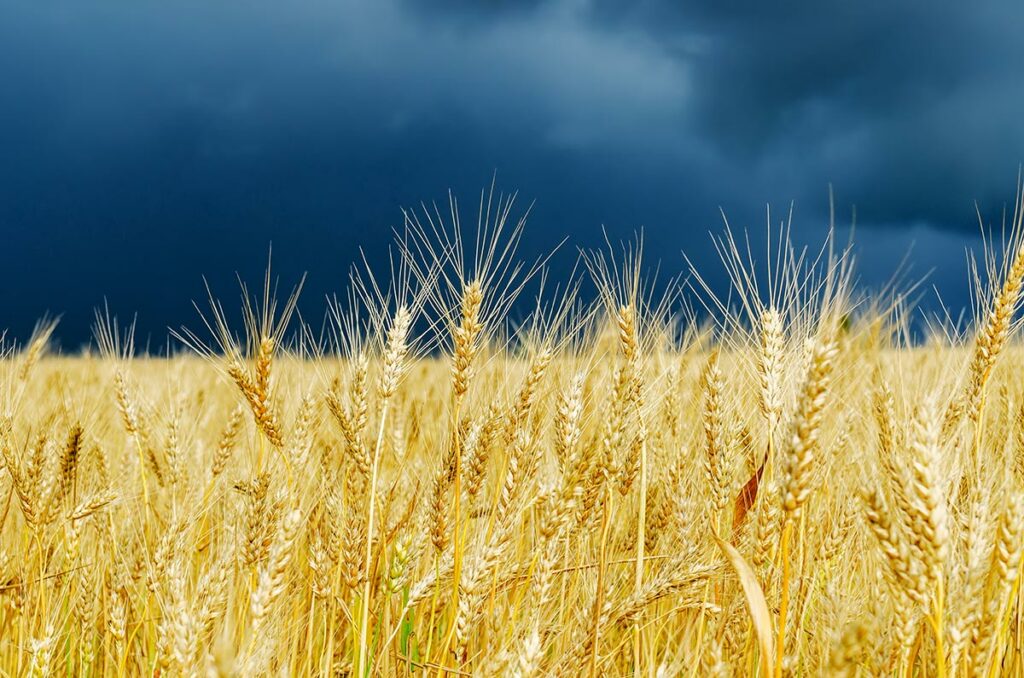The increase in production costs due to a conjunction of factors that generate cascading effects, as well as the problem of scarce supplies, are triggering a worrying uncontrolled rise of prices in the agri-food sector and others.
A few weeks ago, the decision of Unicoop Firenze (an Italian consumer cooperative with over one million members) to ration flour, sugar, and sunflower oil made the headlines.
Images of the empty shelves of the first lockdown periods at the beginning of the Covid era returned to many people’s minds. Today, the problem is presenting itself in two ways:
- On the one hand, the increase in agri-food prices due to the accumulation of direct and indirect effects linked to potential supply shortages and increasing production costs.
- On the other hand, the problem of supplies due to the outbreak of the war between Russia and Ukraine.
The increase in agri-food prices is determined by a complex set of causes, among which geopolitical tensions stand out, with a mix of chain effects that are intertwined and even add up exponentially. The phenomenon is likely to expand and could have lasting effects, going beyond the duration of the war. The impact is broad throughout the entire agri-food chain, but also in the hospitality and catering sectors. The significant increase in pricing and costs is likely to squeeze, if not wipe out, margins and therefore could force further adjustments in menu prices.
Price increases set off a domino effect
As regards the direct effects on prices, the most significant problems at the moment are recorded in cereals, particularly wheat, corn and soybeans, and vegetable oils. This risks generating a worrying domino effect. In fact, not only is Ukraine the “breadbasket of Europe”, but it is also the main supplier to many other African and Middle Eastern countries such as Somalia, Libya, Syria, and Lebanon (over 80% of Lebanon’s grain imports comes from Ukraine). In addition to these countries suffering from significant import shortages, there are also those that used to be supplied by Russia, such as Egypt and Turkey, which import about 60-70% of their cereals from the Soviet country.
But it doesn’t end there. Other cereal producers and exporters, such as Hungary and Bulgaria, have reduced, if not stopped, their exports in order to secure internal supplies. The collapse of exports from Ukraine, as well as the significant reduction from Russia and other producing countries, is having a strong impact on markets, with significant medium- and probably long-term effects.
It is no coincidence that farmers from many of these countries, especially Ukraine, have not yet started the sowing season (which is now almost over), and the inevitable outcome will be either no production or a significant shortage, which will result in further price tensions.
New crops and new tensions
The soaring prices and shortage of cereals are encouraging many farmers and many countries to “divert” their production to wheat, corn, soybeans, and sunflowers, which have now become very affordable, to the detriment of other crops, such as tomatoes. This is also done by cultivating land that would not be profitable under normal conditions (by activating the mechanisms of the so-called “diminishing marginal yields”, which further impacts production costs) and thus extending price increases and supply contractions to other crops.
Just a few weeks ago, the European Commission granted to Italy an extraordinary permission for the sowing of another 200 thousand hectares of land, which will result in an exceptional increase in production of about 15 million quintals of corn, and of wheat for pasta and for bread, in order to reduce the dependency from foreign countries.
Canada – one of the biggest producers in the world – will also increase its production significantly in order to face the increasing international demand. However, this reorganization will require at least two or three sowing cycles.
“Speculation does not happen only on the stock exchange, but also on supermarket shelves, as well as on wheat fields wet with the blood of war.”
But that is not all. Cereals are the basis of the ordinary diet of numerous farm animals, such as sheep, cattle, chickens, and turkeys, which can be significantly affected by these events, with the possible need for early slaughtering or other “shocks” in these markets as well. As for some industrial products, such as biscuits and other baked goods, you can find ingredients for alternative recipes to partially offset the price increases. However, it may be more difficult to find immediate solutions for agriculture and animal husbandry.
Indirect effects of price rises
These direct effects are compounded by indirect ones. Increases in animal feed and fertiliser prices, added to those of other raw materials, especially energy, can lead to further cost impacts. The soaring price of diesel has an effect on the entire agri-food production chain, from upstream to downstream. Many agri-food goods are still transported by road and diesel is also essential for all agricultural machinery as well as for heating greenhouses.
The rise in energy prices also impacts all industrial processes in the food sector, from production to processing, storage and distribution. The most immediate and significant effects are mainly recorded on food products that require longer or more energy-intensive production processes, such as milk and dairy products, eggs and sugar.
In the world of industry 4.0 and artificial intelligence, robots, and drones, speculation does not happen only on the stock exchange, but also on supermarket shelves, as well as on wheat fields wet with the blood of war.
This article was originally published in Italian on Food – ITA (with minor adaptations).
